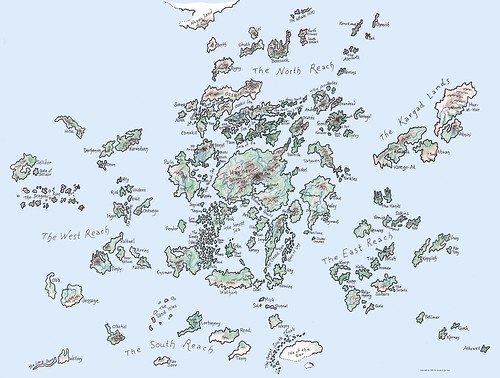I came up with an example of how Python's multiprocessing package -- standard in 2.6, and recently backported to 2.4 and 2.5 (on PyPI) -- could be used to set up a simple R-Tree index server:
from multiprocessing.managers import BaseManager
class RtreeManager(BaseManager):
pass
RtreeManager.register('add')
RtreeManager.register('intersection')
if __name__ == '__main__':
from rtree import Rtree
class NoisyRtree(Rtree):
def add(self, i, bbox):
print "Adding: %s, %s" % (i, str(bbox))
Rtree.add(self, i, bbox)
def intersection(self, bbox):
print "Searching: %s" % str(bbox)
return Rtree.intersection(self, bbox)
index = NoisyRtree('processing')
RtreeManager.register('add', index.add)
RtreeManager.register('intersection', index.intersection)
manager = RtreeManager(address=('', 50000), authkey='')
server = manager.get_server()
print "Server started"
server.serve_forever()
Run that module (man.py) as a script to start the server, and access the index from Python in a new process like this:
>>> from man import RtreeManager
>>> manager = RtreeManager(address=('', 50000), authkey='')
>>> manager.connect()
>>> print manager.intersection((-20.0, -20.0, 20.0, 20.0))
[1L, 2L, 5L]
Three items were already in my index, persisted on disk. One more can be added like this:
>>> manager.add(4, (-10.0, -10.0, -9.0, -9.0))
<AutoProxy[add] object, typeid 'add' at 0x-483da894>
>>> print manager.intersection((-20.0, -20.0, 20.0, 20.0))
[1L, 2L, 5L, 4L]
The manager synchronizes access so additions and queries from different processes don't clobber each other.

